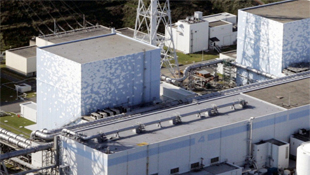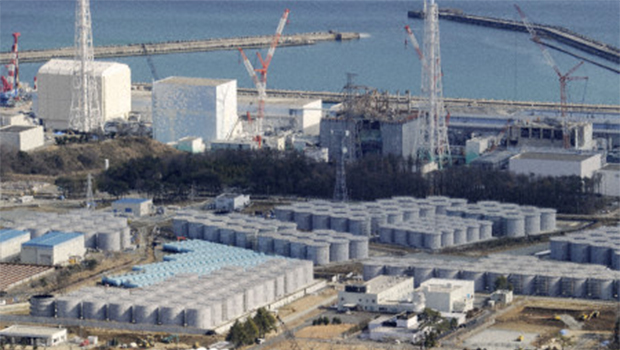The Freedom of Knowledge, The Power of Thought ©
Current News | Introduction | Colloidal Silver | Chemtrails | Sylphs | Emerging Diseases | Forbidden Cures | Ozone | Immunity Boosting | Nutrition | Tone Gen Fukushima Reactors Status Report April 11, 2013
|
 The following is the known status as of Thursday morning of each of the six reactors at the Fukushima Daiichi nuclear power plant and the four reactors at the Fukushima Daini plant, both in Fukushima Prefecture, which were crippled by the magnitude 9.0 earthquake and ensuing tsunami on March 11 .
The following is the known status as of Thursday morning of each of the six reactors at the Fukushima Daiichi nuclear power plant and the four reactors at the Fukushima Daini plant, both in Fukushima Prefecture, which were crippled by the magnitude 9.0 earthquake and ensuing tsunami on March 11 .